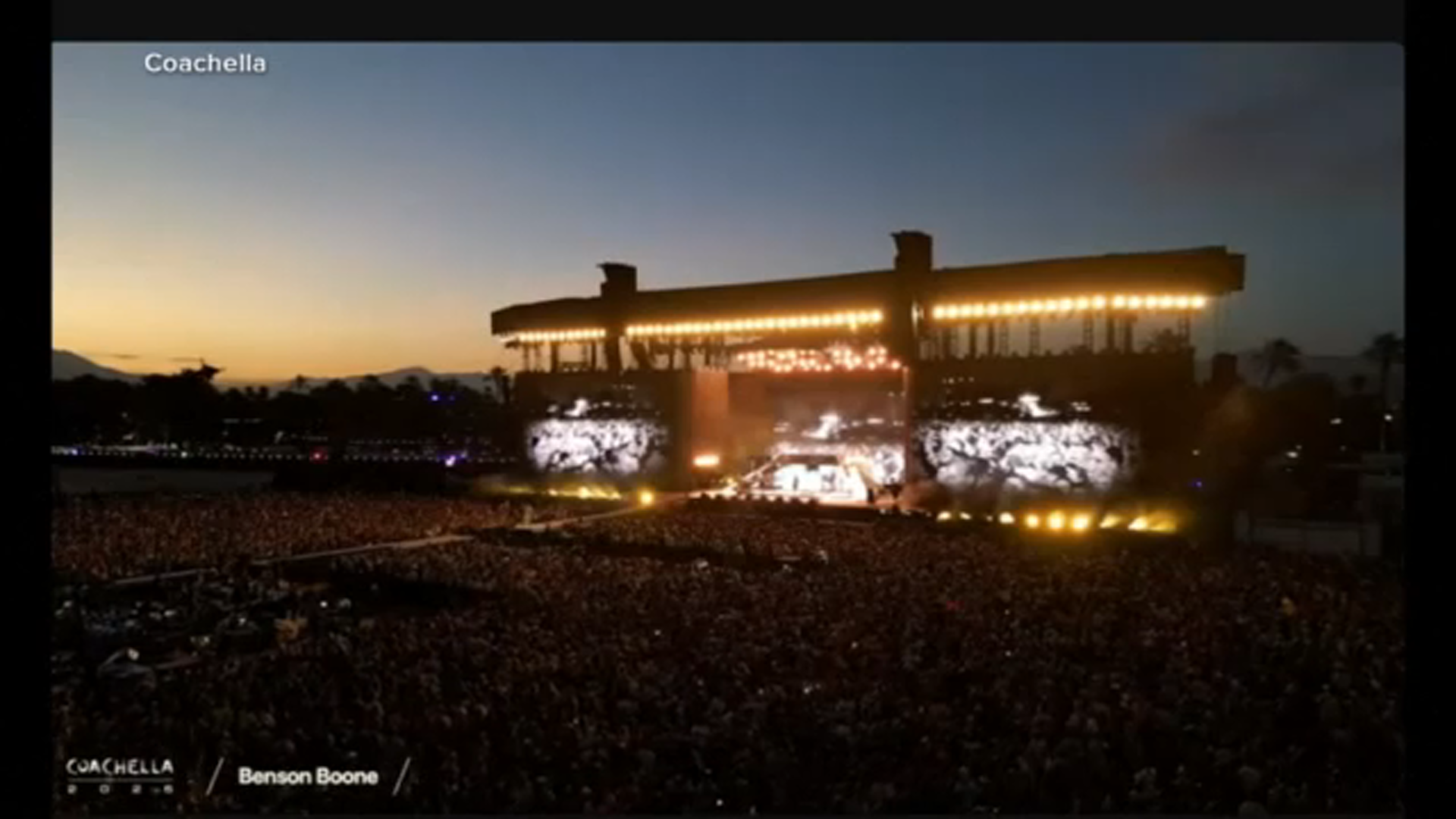Vote expected on Golden Gate Bridge suicide barrier

SAN FRANCISCO -- For John Brooks, the years of waiting for officials to come up with money for a suicide barrier on San Francisco's majestic Golden Gate Bridge have been agonizing. He has fought for one ever since his 17-year-old daughter, Casey, jumped from the rust-colored span in 2008.
Brooks may get his wish on Friday as the bridge's board is set to vote on a $76 million funding package for a net. If approved, it would be a major step in a decades-long debate pitting the families of suicide victims and other supporters of a suicide barrier versus those who believe it will not prevent people from finding other ways to take their lives on the span.
"It's a very critical vote. Our fingers are crossed to get this net built - finally," said Paul Muller, a founding member of the nonprofit Bridge Rail Foundation, whose goal is to prevent suicides on the bridge. "This is a big step."
Since the Golden Gate opened in 1937, more than 1,400 people have plunged to their deaths, including a record 46 suicides last year, officials said. More than two billion vehicles have crossed the 1.7-mile-long bridge with sweeping views of the Pacific Ocean and San Francisco Bay.
The bridge's board voted in 2008 to install a stainless steel net, rejecting other options, including raising the railings, which are now 4-feet-high, and leaving the iconic span unchanged. Two years later, they certified the final environmental impact report for the net, which would stretch about 20 feet wide on each side of the span.
But funding for the project remained a major obstacle.
A significant hurdle was overcome two years ago when President Barack Obama signed into law a bill making safety barriers and nets eligible for federal funds.
The current funding package for the net relies on $49 million in federal money, $7 million from the state and $20 million from bridge district reserves made up of proceeds from tolls.
At least some of the money still requires additional approval, but the bridge's board will have taken its final step in adopting the net if it approves the funding, said Denis Mulligan, the bridge's general manager. "This is a huge step," Mulligan said.
Most jumpers suffer a grisly death, with massive internal injuries, broken bones and skull fractures. Some die from internal bleeding. Others drown.
Kevin Hines miraculously survived his suicide attempt after jumping off the structure in 2000 at age 19. During a news conference Thursday, Hines said he felt "instant regret" when he jumped and believes a net will deter suicidal people.
"Not one more soul, not one more soul will be lost to that bridge," said Hines, 32.
Brooks said he can't say for sure that his daughter would be alive today if there had been a net on the bridge, but he also feels it is an important suicide deterrent. He plans to push the board for temporary measures to stop suicides while the net is under construction.
"I think for all of us survivors this has been a bitter learning experience on how long it takes to fund and complete essentially a public construction project," Brooks said.
If the net funding is approved, Mulligan said bidding on the job would start next year, with completion of construction expected in 2018.









